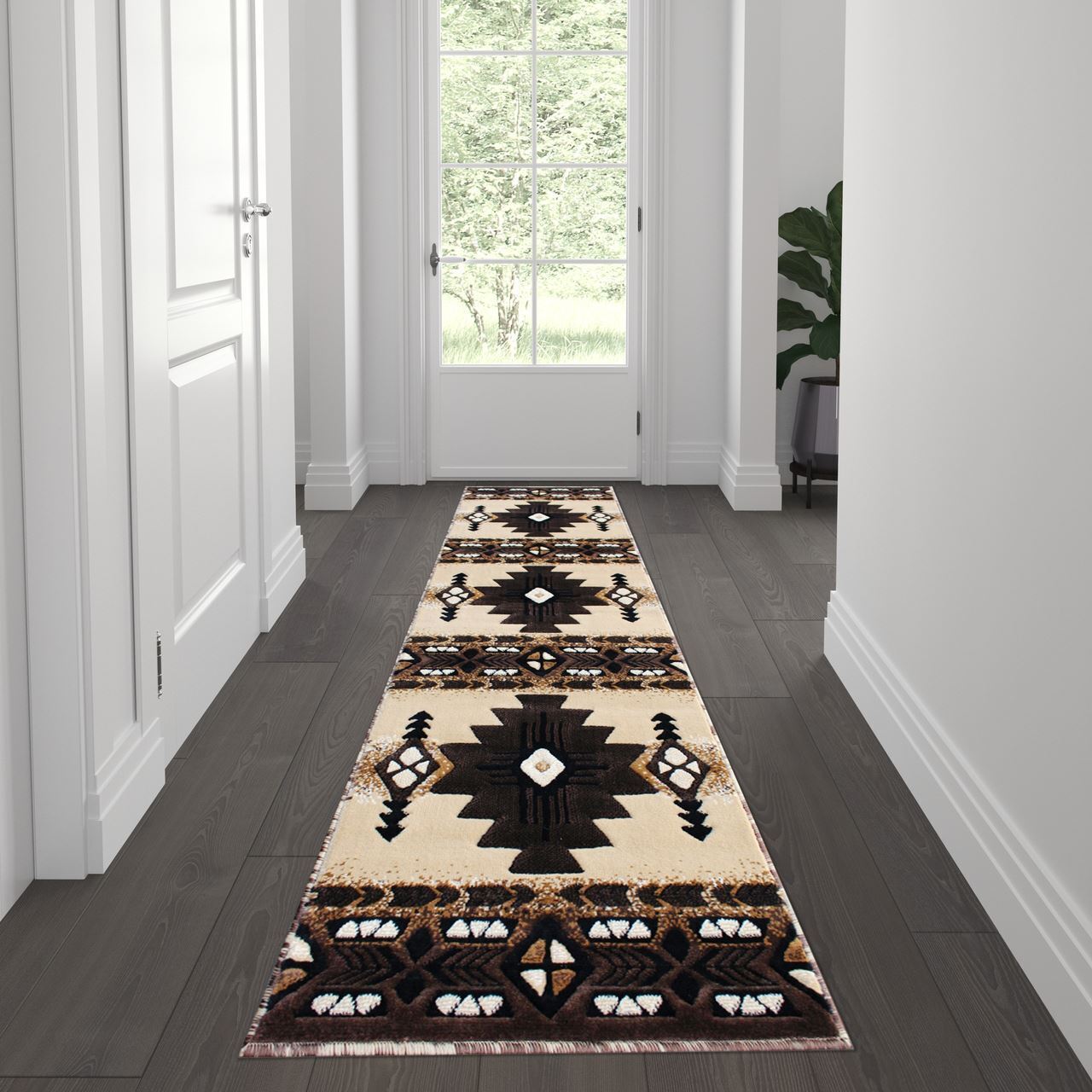

Articles
How To Build Southwestern Rugs
Modified: December 7, 2023
Learn how to build stunning Southwestern rugs with our informative articles. Discover expert tips and techniques for creating unique and beautiful designs.
(Many of the links in this article redirect to a specific reviewed product. Your purchase of these products through affiliate links helps to generate commission for Storables.com, at no extra cost. Learn more)
Introduction
Southwestern rugs are a vibrant and unique addition to any home décor. With their bold patterns, rich colors, and geometric designs, these rugs bring a touch of the Southwest’s beauty and cultural heritage into your living space. Whether you want to add a touch of warmth to your living room or create a focal point in your bedroom, building your own Southwestern rug can be a rewarding and satisfying project.
Creating a Southwestern rug may seem like a daunting task, but with the right materials and a step-by-step process, you can successfully weave a beautiful and personalized rug. In this article, we will guide you through the process of building a Southwestern rug, from selecting the pattern to adding the finishing touches.
Before we dive into the steps, let’s talk about the materials you will need. Here’s a list of essential supplies:
- Rug pattern
- Yarn in various colors
- Rug loom
- Warps
- Weft yarn
- Shuttle
- Scissors
- Rug comb
- Fringe twister
- Tapestry needle
Now that you have an idea of what you need, let’s dive into the steps for building your Southwestern rug. Remember, take your time and enjoy the process. The end result will be a unique and beautiful work of art that you can proudly display in your home.
Key Takeaways:
- Embrace the vibrant colors and geometric designs of Southwestern rugs to add a touch of warmth and cultural heritage to your home décor. Enjoy the rewarding journey of creating a unique piece of art that reflects the spirit of the Southwest.
- From selecting the perfect rug pattern to adding the finishing touches, building a Southwestern rug is a creative and fulfilling process. Showcase your creativity, celebrate the beauty of the Southwest, and enjoy the unique statement piece you’ve created for your home.
Read more: How To Build Patio Rugs
Materials Needed
Before you embark on your Southwestern rug-building journey, it’s essential to gather all the necessary materials. Here’s a detailed list of what you will need:
- Rug Pattern: Choose a Southwestern rug pattern that resonates with your taste and complements your home’s overall design. Look for patterns that feature typical Southwestern motifs such as geometric shapes, tribal symbols, and Native American-inspired designs. You can find rug patterns online or in craft stores.
- Yarn in Various Colors: Select yarn in vibrant colors representative of Southwestern aesthetics. Opt for colors that evoke the desert landscapes, such as rich earth tones like browns, rusts, and oranges, as well as accent colors like turquoise, red, and yellow. Make sure to choose yarn suitable for rug weaving.
- Rug Loom: Invest in a good-quality rug loom that suits the size of the rug you want to create. Looms come in various sizes and styles, including frame looms, rigid heddle looms, and floor looms. Consider your space, budget, and personal preference when choosing the loom.
- Warps: Warps are long, strong threads that form the foundation of the rug. They are attached to the loom and create the structure for weaving. Look for warp threads made from durable materials such as cotton or linen.
- Weft Yarn: Weft yarn is the bulk of the yarn used to create the design and patterns of the rug. Choose weft yarn in colors that complement your rug pattern. Ensure the yarn is strong and suitable for rug weaving.
- Shuttle: A shuttle is a tool used to hold and carry the weft yarn across the loom. It helps in weaving the rug seamlessly. Select a shuttle that is comfortable to hold and maneuver.
- Scissors: Have a pair of sharp scissors handy for cutting yarn and trimming the rug’s edges. Choose scissors with a pointed tip for precision.
- Rug Comb: A rug comb, also known as a beaters comb, is used to beat down the weft yarn tightly to create a solid and compact rug fabric. Look for a sturdy and wide-toothed rug comb for effective weaving.
- Fringe Twister: If you want to add a fringe to your finished rug, a fringe twister tool will come in handy. This tool helps to twist and secure the fringe, giving it a neat and finished look.
- Tapestry Needle: A tapestry needle is required for securely hiding loose ends or joining different yarns. Choose a needle with a blunt tip to avoid splitting the yarn.
Now that you have gathered all the materials, you are ready to move on to the next step—selecting the rug pattern.
Step 1: Selecting the Rug Pattern
The first step in building your Southwestern rug is selecting a rug pattern that captures the essence of the Southwest. This is an exciting part of the process, as it allows you to showcase your personal style and creativity. Here are a few tips to help you choose the perfect rug pattern:
- Research Southwestern Designs: Take the time to explore and familiarize yourself with Southwestern design elements. Look for patterns that feature geometric shapes, tribal symbols, and motifs inspired by Native American art. This can help you identify the specific style or theme you want for your rug.
- Consider Size and Function: Determine the purpose and placement of your rug. If you’re creating a large area rug, you might prefer a pattern with intricate details and a focal point. For smaller accent rugs, simpler patterns can make a statement.
- Choose Colors Wisely: Southwestern rugs are known for their vibrant and earthy color palettes. Consider the colors already present in your space and choose a rug pattern that complements your existing décor. You can opt for bold and contrasting colors or go for a more subdued and harmonious color scheme.
- Take Skill Level into Account: Consider your weaving skill level when selecting the pattern. Intricate patterns may require more advanced techniques and a higher level of expertise. If you’re a beginner, start with a simpler design and gradually work your way up to more complex patterns.
- Seek Inspiration: Look for inspiration from Southwestern rugs that others have created. Explore online resources, visit museums, or browse through books on Southwestern art to get ideas for patterns and color combinations.
Once you have a general idea of the pattern you want, it’s time to gather the necessary materials, including yarn in various colors that match your chosen pattern. As you progress through the following steps, keep referring back to your pattern for guidance and inspiration.
In the next step, we will delve into selecting the right colors to bring your Southwestern rug to life.
Step 2: Choosing the Right Colors
Choosing the right colors for your Southwestern rug is crucial in creating a visually appealing and harmonious design. The colors you select will determine the overall mood and impact of the rug. Here are some steps to help you choose the perfect colors:
- Consider the Room: Take into account the colors already present in the room where the rug will be placed. Look at the walls, furniture, and other decor elements to ensure that the rug’s colors complement the overall color scheme. You can choose colors that harmonize or create contrast for an eye-catching effect.
- Embrace Earth Tones: Southwestern rugs often feature earthy and warm colors reminiscent of the desert landscape. Colors like deep browns, rusty reds, warm oranges, and golden yellows are commonly used. These colors evoke a sense of warmth and authenticity, reflecting the natural beauty of the Southwest.
- Highlight with Accents: To add interest and pops of color to your rug, consider incorporating accent colors inspired by traditional Southwestern art. Turquoise, vibrant blues, fiery reds, and bright yellows are popular choices. Use these accent colors sparingly to create focal points and draw attention to specific areas of the rug.
- Experiment with Patterns: Southwestern rug patterns often feature intricate geometric designs. Experiment with color combinations to highlight different parts of the pattern or create a sense of depth and movement. You can use light and dark shades of the same color or pair complementary colors for a visually striking effect.
- Consider Cultural Influences: Draw inspiration from the cultural heritage and traditions of the Southwest. Look at traditional Native American art, pottery, and textiles for color combinations that reflect the rich history and diverse cultures of the region.
- Test Samples: Before committing to specific colors, it’s a good idea to create small yarn samples and lay them out in the room where the rug will be placed. This will give you a better sense of how the colors will interact with the space and help you make more informed decisions.
Remember, choosing colors for your Southwestern rug is a personal and creative process. Trust your instincts and have fun exploring different combinations. Once you have selected your colors, it’s time to gather all the materials needed for the rug-building process.
In the next step, we will guide you through gathering the materials required to bring your Southwestern rug to life.
Step 3: Gathering the Materials
Now that you have selected the perfect rug pattern and chosen the right colors for your Southwestern rug, it’s time to gather all the materials you will need for the weaving process. Here’s a checklist to ensure you have everything ready:
- Rug Pattern: Make sure you have the print or digital copy of your chosen rug pattern. This will serve as a guide throughout the weaving process.
- Yarn: Gather yarn in various colors that match your selected pattern. Opt for yarn suitable for rug weaving, such as wool or cotton. Estimate the amount of yarn you will need based on the size of your rug and add a little extra to ensure you have enough.
- Rug Loom: Ensure you have a suitable rug loom that fits the size of your desired rug. If you don’t already have a loom, purchase or borrow one that suits your needs. Consider the type of loom that you prefer, whether it’s a frame loom, rigid heddle loom, or floor loom.
- Warps: Gather the warps, which are the long, strong threads that form the foundation of the rug. Choose warps made from durable materials like cotton or linen. Pre-cut them to the desired length, considering the size of your rug and leaving extra length for tying and securing.
- Weft Yarn: Prepare your weft yarn by separating them into skeins or bobbins. Ensure you have enough yarn in each color to complete your rug. Wind the yarn onto bobbins or keep them separate for easier access during the weaving process.
- Shuttle: Have a shuttle handy for carrying and weaving the weft yarn across the loom. Choose a shuttle that is comfortable to hold and maneuver. It should be wide enough to accommodate the width of your rug.
- Scissors: Keep a pair of sharp scissors nearby for cutting yarn and trimming the rug’s edges. Make sure they are easily accessible during the weaving process.
- Rug Comb: Get a sturdy rug comb or beaters comb for beating down the weft yarn tightly. This will help create a solid and compact rug fabric. Choose a comb with wide teeth that can effectively press down the weft yarn.
- Fringe Twister: If you plan to add fringe to your rug, have a fringe twister tool ready. This tool helps in twisting and securing the fringe, giving it a neat and finished look.
- Tapestry Needle: Keep a tapestry needle on hand for securing loose ends and joining different yarns. Choose a needle with a blunt tip to avoid splitting the yarn during the finishing touches.
Ensure that all your materials are easily accessible and organized before you start the weaving process. This will make the process smoother and more enjoyable.
In the next step, we will guide you through preparing the loom, the crucial starting point of your Southwestern rug-building journey.
Read more: How To Build Black Rugs
Step 4: Preparing the Loom
Preparing the loom is a critical step in building your Southwestern rug. It involves setting up the loom to create the foundation for weaving. Follow these steps to properly prepare your loom:
- Clean and Clear: Start by ensuring that your weaving area is clean and clear of any debris or obstructions. This will provide a smooth and stable surface for setting up the loom.
- Assemble the Loom: If your loom comes unassembled, carefully follow the manufacturer’s instructions to put it together. Make sure all the components are securely in place, including the frame, legs, or any other parts specific to the type of loom you are using.
- Place the Loom: Find a suitable location for your loom, preferably in a spacious and well-lit area. Ensure that there is enough room to move around the loom comfortably.
- Adjust the Height: Adjust the height of the loom, if necessary, to a comfortable working level. You should be able to sit or stand upright without straining your back or shoulders during the weaving process.
- Secure the Loom: If your loom has the option, secure it to a sturdy table or workbench to prevent any unnecessary movement while weaving.
- Attach the Warps: Take your pre-cut warps and attach them to the loom according to your chosen rug size. Secure one end of the warps to the top or bottom of the loom, depending on whether you are weaving horizontally or vertically. Leave enough slack in the warp threads to accommodate the rug’s width.
- Evenly Space the Warps: Use a warp separator or spacing device to evenly distribute the warps across the loom. This will maintain consistent tension and spacing throughout the weaving process.
- Tension the Warps: Adjust the tension of the warps to ensure they are firm and secure. This will provide a stable foundation for weaving your Southwestern rug.
Once you have successfully prepared your loom, you are ready to move on to the next step—warping the loom. Warping involves carefully winding the weft yarn onto the loom, creating the structure for weaving. It is a crucial step that sets the stage for bringing your Southwestern rug to life.
In the next step, we will guide you through the process of warping the loom.
When building Southwestern rugs, choose earthy colors and geometric patterns to reflect the traditional style. Incorporate symbols and motifs that hold cultural significance to the Southwestern region.
Step 5: Warping the Loom
Warping the loom is a fundamental step in weaving your Southwestern rug. It involves carefully winding the weft yarn onto the loom, creating the structure for the rug. Follow these steps to properly warp your loom:
- Prepare the Weft Yarn: Gather your weft yarn in the desired colors and separate them into skeins or bobbins. This will make it easier to work with during the warping process.
- Thread the Loom: Starting at one end of the loom, select a weft yarn color and tie it securely to the first warp thread. Begin weaving the yarn in an under-and-over pattern, going across the width of the loom. Repeat this process, wrapping the yarn around each warp thread until you reach the other end of the loom.
- Maintain Tension and Spacing: As you thread the loom, ensure that the tension remains consistent, neither too loose nor too tight. Maintain even spacing between the warp threads to create an evenly woven fabric.
- Secure the End: Once you reach the end of the loom, tie off the weft yarn securely to the last warp thread. Trim any excess yarn, leaving a short tail. This will be concealed in the finished rug.
- Repeat for Each Color: Repeat the process with each weft yarn color, going from one side of the loom to the other. Be mindful of any pattern or color changes in your Southwestern rug design.
- Weave in Any Loose Ends: As you add new weft yarn colors, weave in any loose ends from previous colors so that they are securely hidden within the fabric of the rug. This will create a clean and professional-looking finish.
- Continue Warping: Repeat the process of threading and weaving the weft yarn until the entire loom is warped. Take breaks as needed, but try to maintain a consistent rhythm to ensure that the tension and spacing remain uniform throughout the rug.
- Check for Consistency: Periodically check the tension and spacing of the warp threads as you progress. Making adjustments as needed will result in a more even and professional-looking rug.
Warping the loom requires patience and attention to detail. Take your time and ensure that the weft yarn is woven tightly and evenly. This will provide a solid foundation for the weaving process.
In the next step, we will guide you through the process of weaving your Southwestern rug, transforming the warp threads into a beautiful and intricate design.
Step 6: Weaving the Rug
Now that your loom is properly warped, it’s time to start weaving your Southwestern rug. This step is where you bring your chosen pattern and colors to life. Here’s how to weave your rug:
- Thread the Shuttle: Take your shuttle and thread it with one of the weft yarn colors. Make sure the yarn is securely attached to the shuttle before proceeding.
- Begin Weaving: Starting from one side of the loom, weave the shuttle through the warp threads, going over one and under the next in an alternating pattern. This is known as the “plain weave” technique, which creates a stable and strong fabric.
- Change Colors: As you reach the end of a section or wish to switch to a different color, securely tie off the current weft yarn and attach the new color to the shuttle. Weave the new color in the same over-and-under pattern, ensuring that the yarn is tight and evenly distributed.
- Maintain Consistent Tension: Throughout the weaving process, maintain a consistent tension to create an even and uniform rug. Avoid pulling the weft yarn too tightly or leaving it too loose, as this can distort the fabric.
- Beat Down the Weft: After each row, use a rug comb or beaters comb to firmly press down the weft yarn against the woven fabric. This will help create a tight and compact rug, preventing any gaps or loose threads.
- Follow the Rug Pattern: Refer to your chosen rug pattern as you weave, ensuring that you incorporate the correct colors and follow the design accurately. This will help maintain the integrity and beauty of your Southwestern rug.
- Weave Additional Rows: Continue weaving row by row, following the established color and pattern sequence. Take breaks as needed, but try to maintain a consistent rhythm to prevent any noticeable variations in the tension or spacing of the weft yarn.
- Check for Errors: Regularly inspect your weaving for any mistakes or inconsistencies. If you notice any errors, carefully backtrack and correct them before continuing. Pay attention to the edges and borders of the rug to ensure they remain straight and even.
As you progress with your weaving, you’ll see your Southwestern rug taking shape. Admire the interplay of colors and patterns, and appreciate the skill and patience it takes to create such a unique piece of art.
In the next step, we will guide you through adding fringe to give your Southwestern rug those finishing touches.
Step 7: Adding Fringe
Adding fringe to your Southwestern rug is an optional but beautiful detail that adds a touch of authenticity and texture. Fringe can enhance the overall look of your rug and give it a finished and polished appearance. Here’s how to add fringe to your rug:
- Measure and Cut: Determine the desired length of your fringe, keeping in mind the overall size and style of your rug. Measure and cut yarn strands twice the length you want the fringe to be, as each strand will be folded in half.
- Group the Strands: Take several strands of yarn together and fold them in half. Repeat this process until you have the desired number of fringe strands. The number of strands will depend on your preference and the thickness of the fringe you want to achieve.
- Divide the Warp Threads: Separate the warp threads into small sections along the width of your rug where you want to add fringe. Leave a small gap between each section to maintain the even spacing of the warp threads.
- Attach the Fringe: Take a group of folded yarn strands and place the folded end under the first set of warp threads. Bring the loose ends of the fringe strands over the warp threads and through the folded end loop, creating a knot. Gently pull the strands to tighten the knot securely.
- Repeat the Process: Continue attaching fringe strands in the same manner across each section of the rug where you want fringe. Ensure that the fringe strands are evenly spaced and aligned with the bottom edge of the rug.
- Trim the Fringe: Once all the fringe strands are attached, trim the ends to your desired length. You can leave the fringe strands long and free-flowing for a bohemian look, or trim them shorter for a neater appearance.
- Add Finishing Touches: To give your fringe a more polished look, consider using a fringe twister tool. Place the tool around the fringe strands and twist it to create a neat and twisted effect. This helps to secure the fringe and prevent unravelling.
Adding fringe to your Southwestern rug is a creative and decorative step that allows you to give your rug a personalized touch. Take your time during this step to ensure that the fringe is attached securely and evenly.
In the final step, we will discuss the finishing touches to complete your Southwestern rug.
Read more: How To Build Sheepskin Rugs
Step 8: Finishing Touches
Congratulations! You’re in the final step of building your Southwestern rug. The finishing touches will bring your rug to completion and make it ready to showcase in your home. Here’s what you need to do:
- Check for Loose Ends: Carefully inspect your rug for any loose ends or stray yarn that may have been left during the weaving process. Use a tapestry needle to weave those loose ends back into the rug, securing them tightly so that they are not visible.
- Trim Excess Yarn: Using sharp scissors, trim any excess yarn along the edges of the rug to create a clean and finished look. Take your time to ensure that the lines are straight and even.
- Steam or Block: To give your rug a professional finish, you can steam it or block it. Carefully follow the instructions for steaming or blocking, which will help the rug relax, flatten out any irregularities, and make the weaving appear more even.
- Avoid Sunlight: Once your Southwestern rug is complete, be mindful of where you place it in your home. Avoid exposing the rug to direct sunlight, as this can cause the colors to fade over time. It’s best to display your rug in an area with filtered or indirect light.
- Regular Maintenance: To keep your Southwestern rug looking its best, perform regular maintenance. Vacuum the rug gently using a brush attachment or shake it outdoors to remove any loose dirt or debris. Spot clean any spills or stains promptly, following the appropriate cleaning instructions for your chosen yarn.
- Showcase and Enjoy: Finally, proudly showcase your finished Southwestern rug in your desired space. Whether it’s in the living room, bedroom, or entryway, your rug will add a touch of warmth, character, and Southwestern charm to your home. Step back and admire the beauty of your handmade creation!
Remember, building a Southwestern rug takes time, patience, and attention to detail. Embrace the process and enjoy every step along the way. Your completed rug is a testament to your creativity and skill.
Thank you for joining us on this journey to build your own Southwestern rug. We hope you find joy and fulfillment in creating a unique piece of art that brings the spirit of the Southwest into your home.
Happy weaving!
Conclusion
Building a Southwestern rug is a rewarding and fulfilling project that allows you to showcase your creativity while adding a touch of cultural heritage to your home. Through careful selection of patterns and colors, along with the weaving process, you have created a unique and beautiful piece of art that reflects the spirit and beauty of the Southwest.
Starting with the selection of the perfect rug pattern, you embarked on a journey of exploration, incorporating elements of Southwestern design into your project. Choosing the right colors allowed you to bring vibrancy and authenticity to your rug, capturing the essence of the region’s natural landscapes and cultural influences.
Gathering the necessary materials laid the foundation for weaving your Southwestern rug. With a well-prepared loom and the interweaving of weft and warp yarns, you brought your chosen pattern to life and watched as your rug grew row by row.
Adding fringe provided an optional yet beautiful detail, enhancing the overall aesthetic appeal of your rug and adding texture and authenticity. Finally, with the finishing touches, you carefully inspected and trimmed any loose ends, giving your rug a polished and professional finish.
Your completed Southwestern rug is now a statement piece that can proudly adorn your living room, bedroom, or any other space in your home. It not only adds warmth and color but also embodies the rich cultural heritage of the Southwest.
Remember to care for your Southwestern rug by avoiding direct sunlight and performing regular maintenance to keep it in pristine condition. It is a unique piece of art that deserves to be cherished and enjoyed for years to come.
We hope this step-by-step guide has inspired and guided you on your journey to build your Southwestern rug. The process of selecting patterns, choosing colors, weaving, and adding the finishing touches is an art form that allows you to express your creativity and celebrate the beauty of the Southwest in your own home.
So, gather your materials, let your imagination run wild, and begin the fulfilling process of building your own Southwestern rug. Embrace the colors, patterns, and textures of the Southwest, and create a masterpiece that reflects your style and adds a touch of warmth and cultural heritage to your living space.
Happy weaving!
Frequently Asked Questions about How To Build Southwestern Rugs
Was this page helpful?
At Storables.com, we guarantee accurate and reliable information. Our content, validated by Expert Board Contributors, is crafted following stringent Editorial Policies. We're committed to providing you with well-researched, expert-backed insights for all your informational needs.

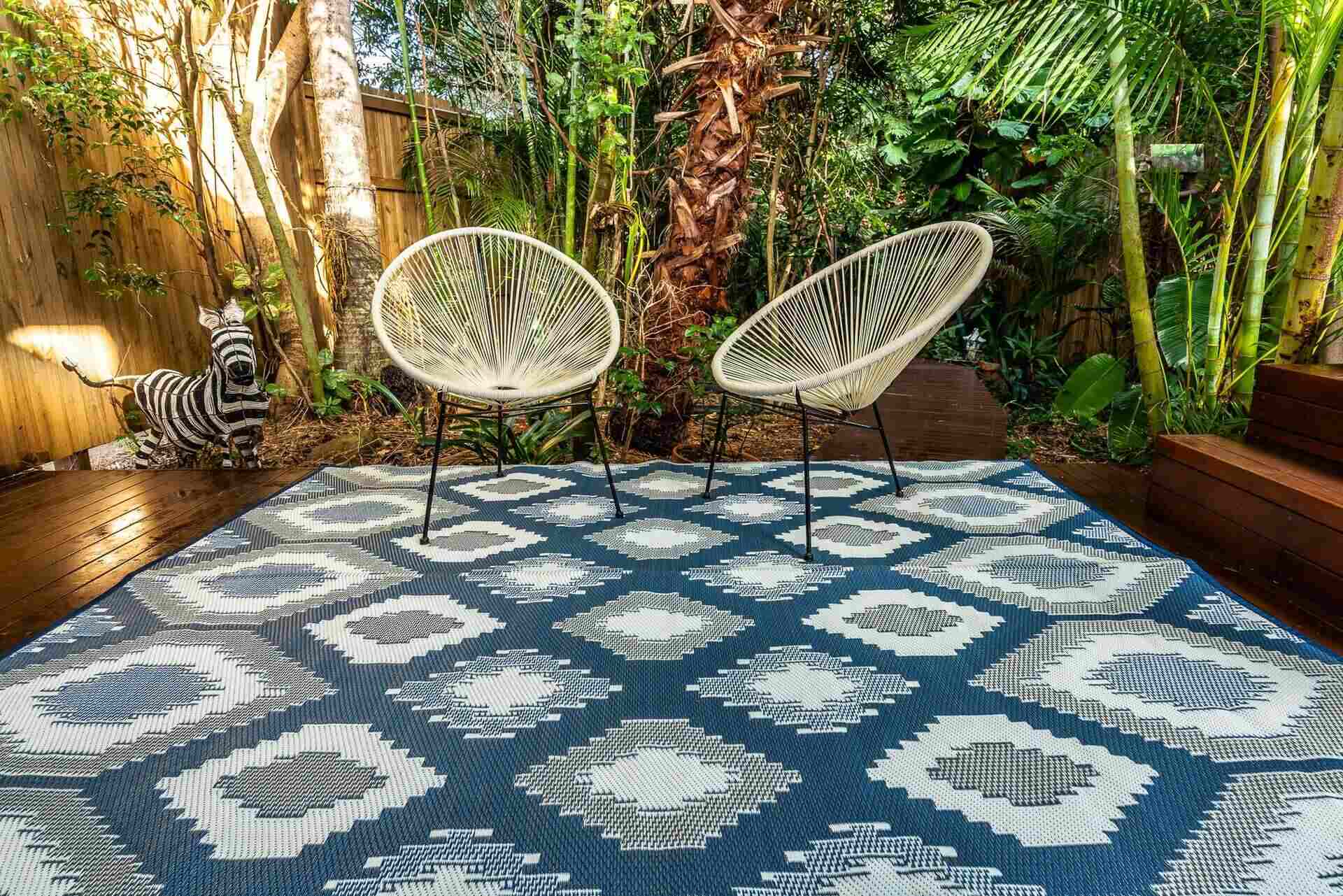
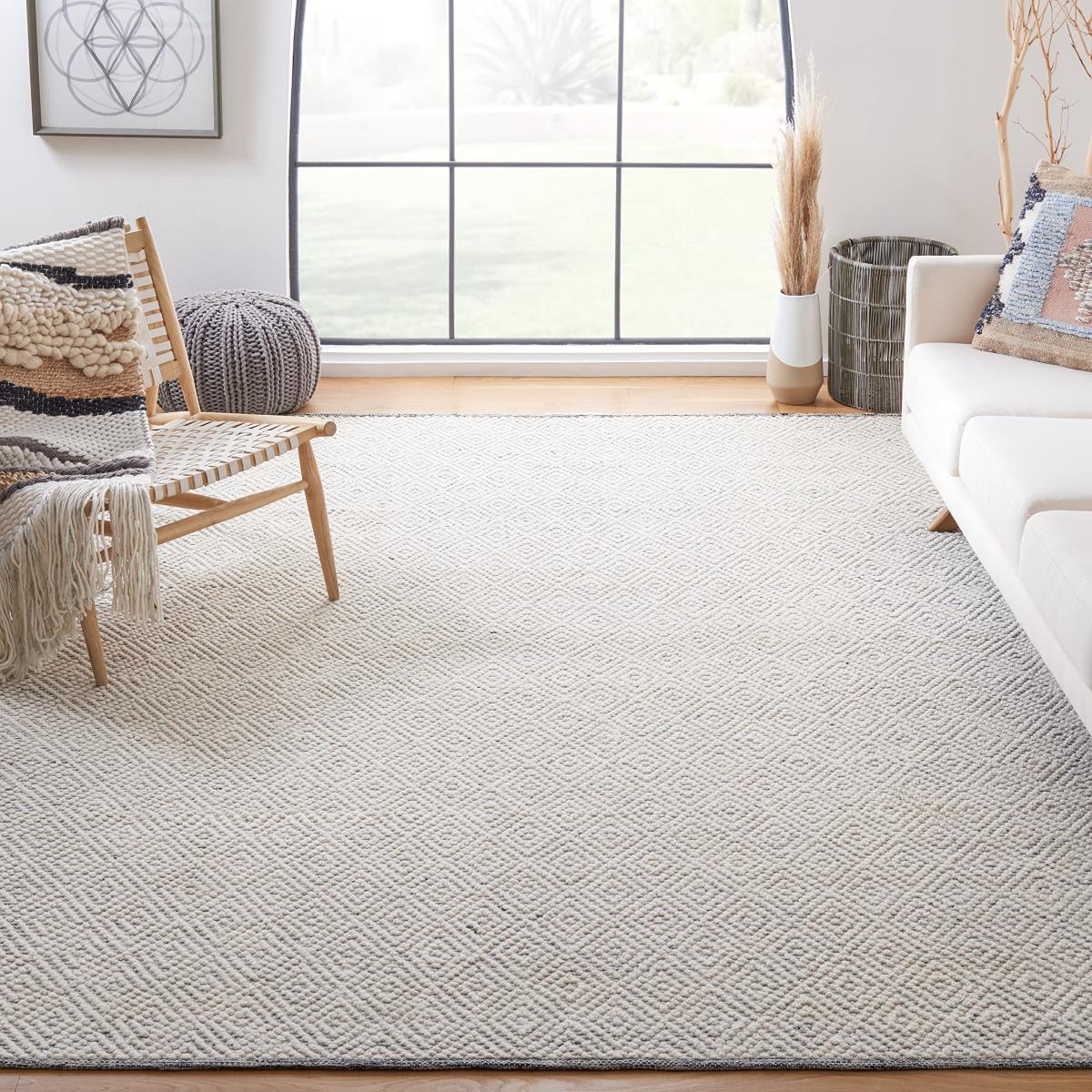
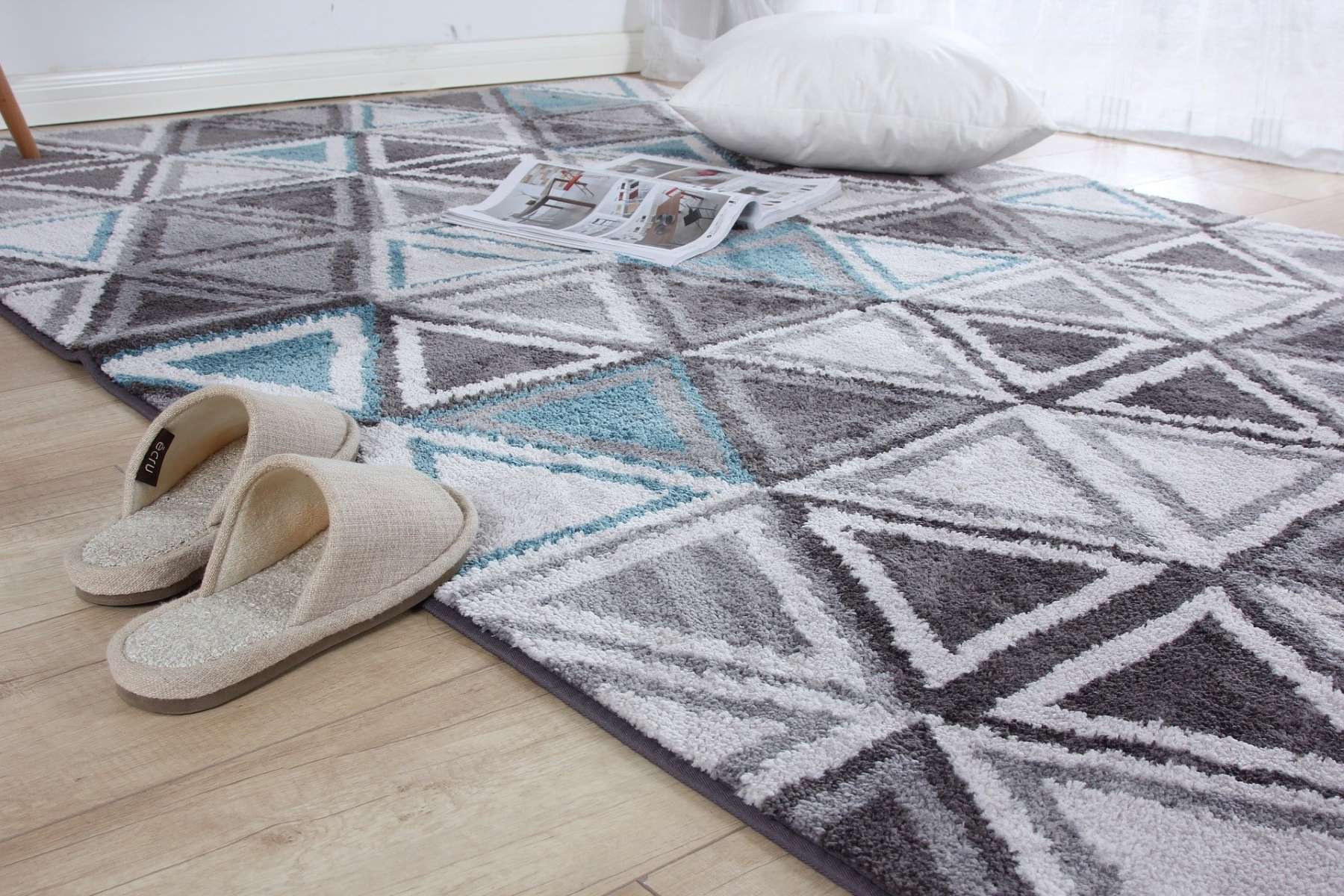

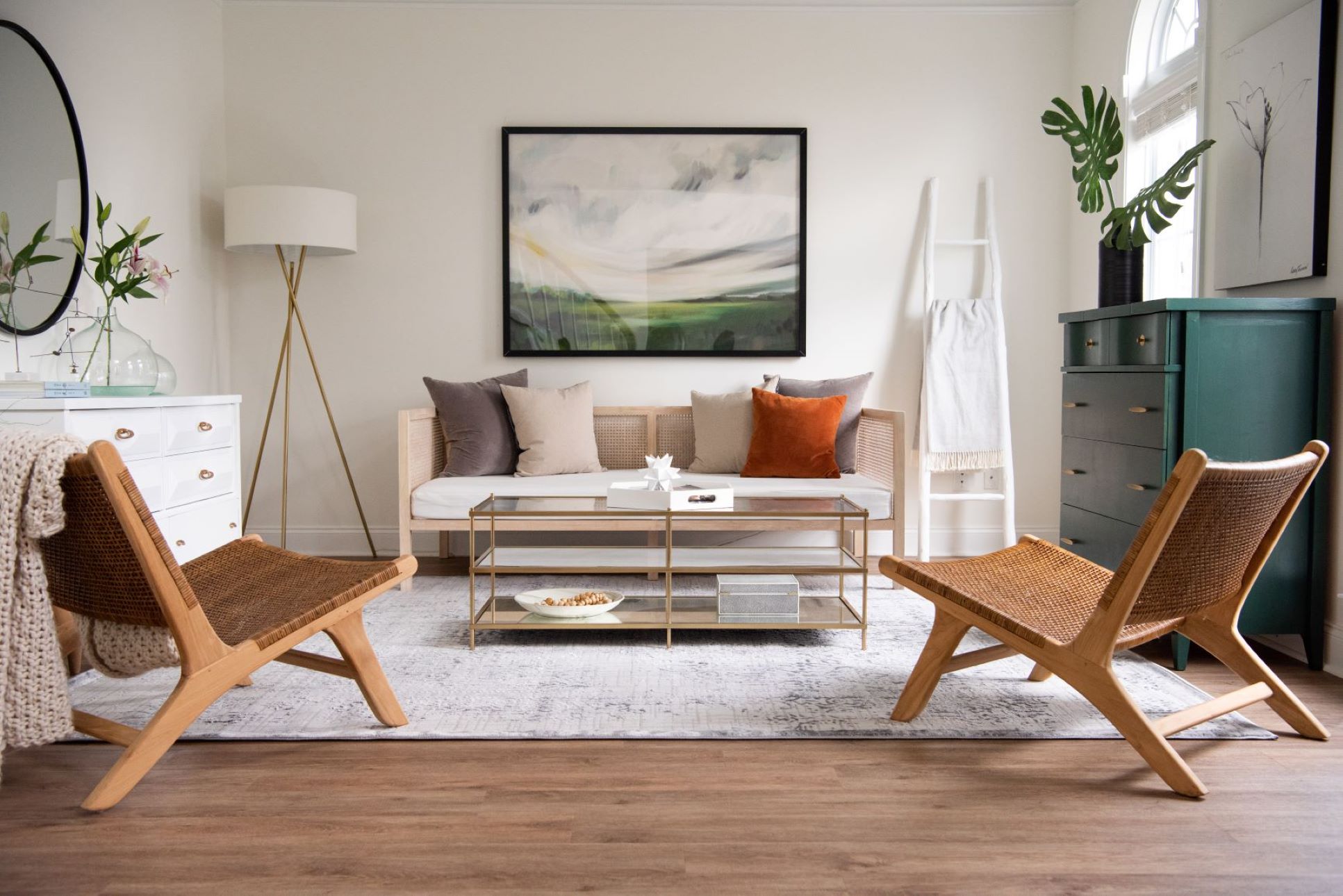
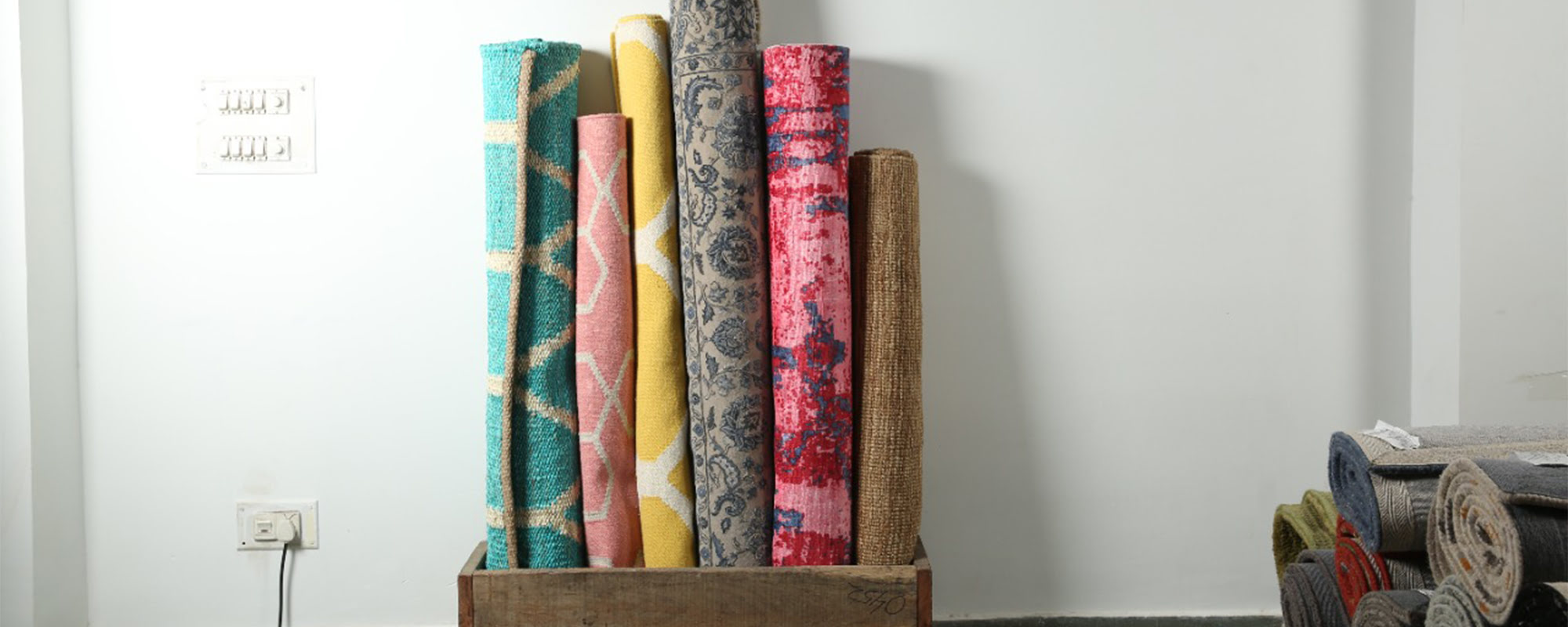
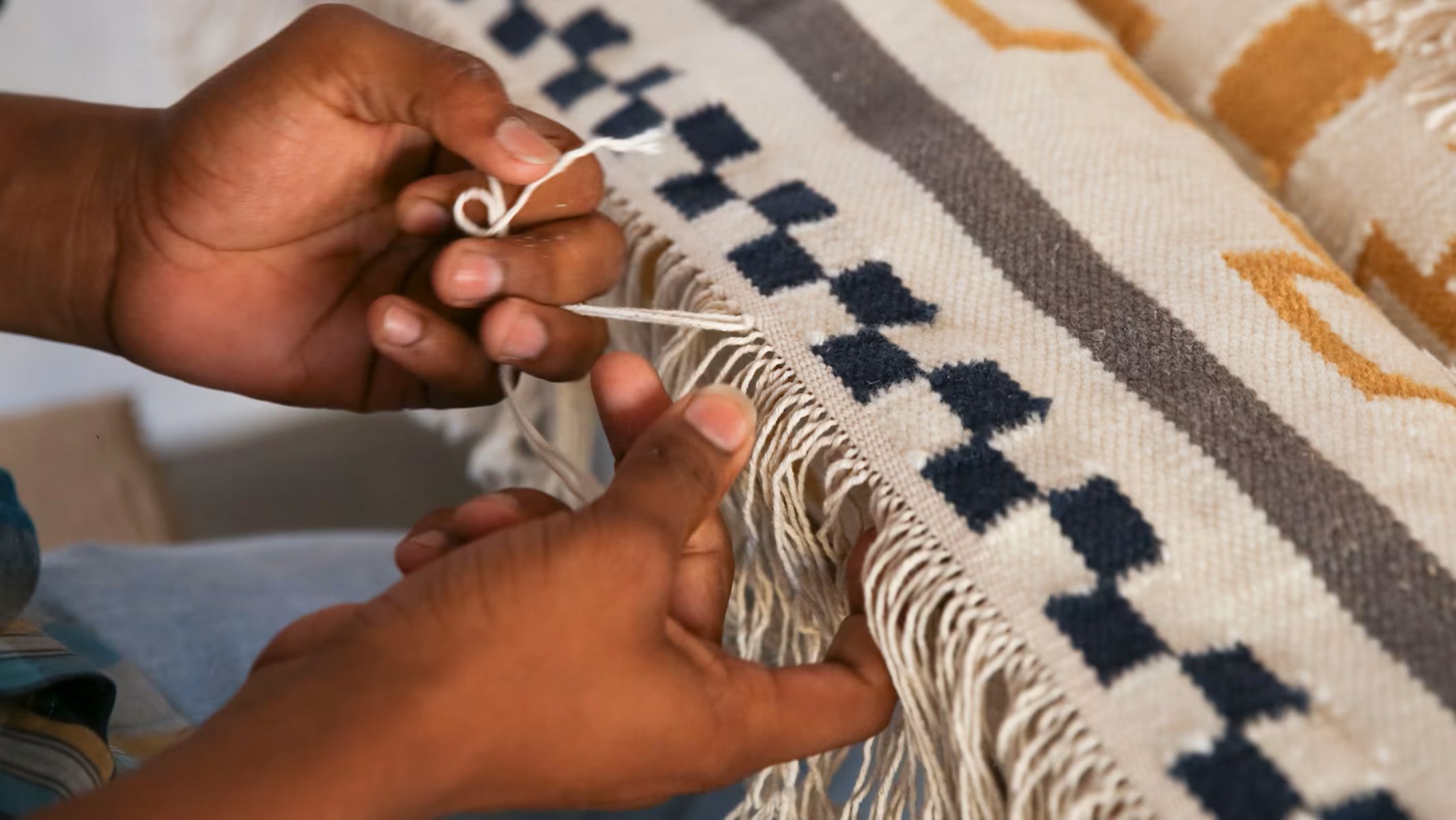
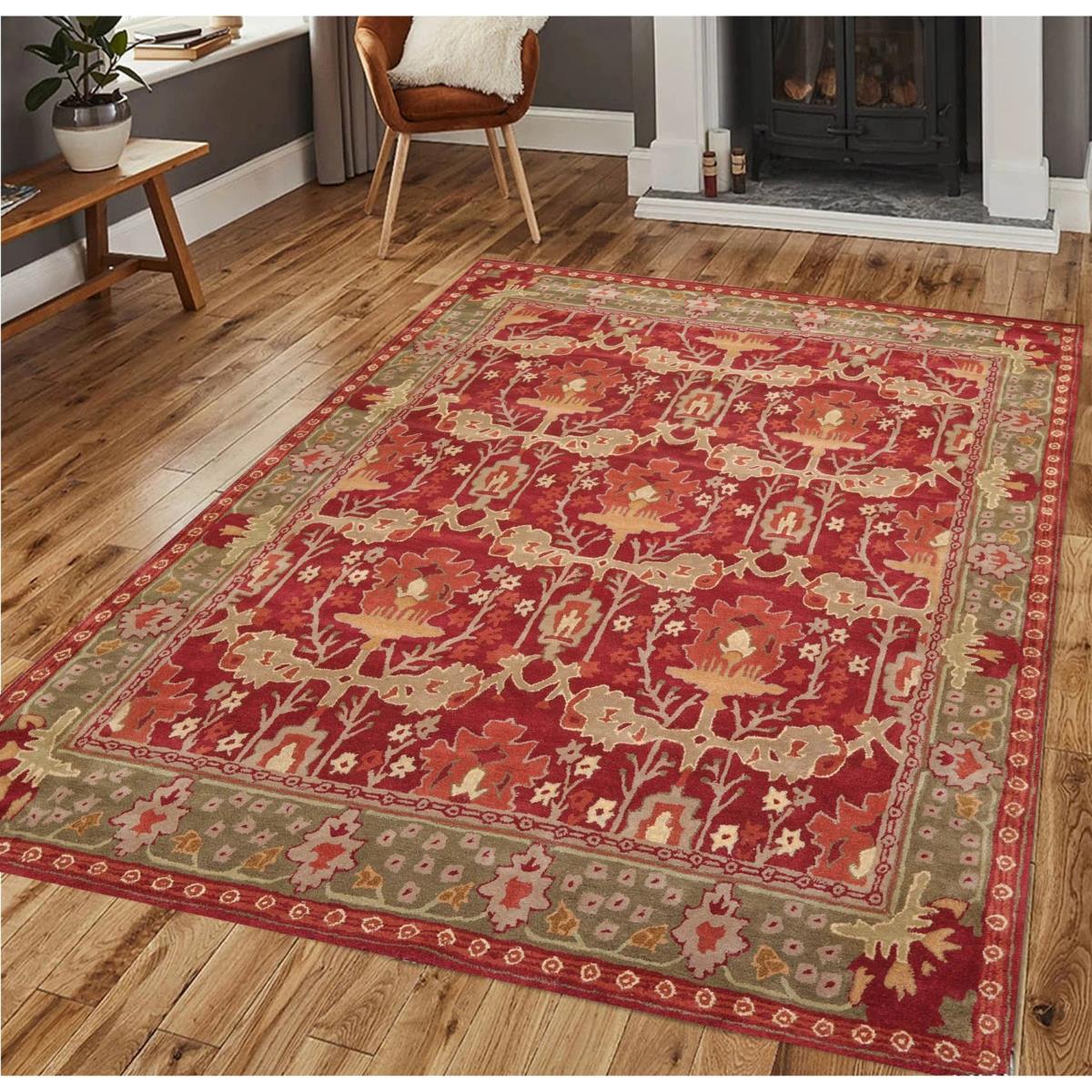
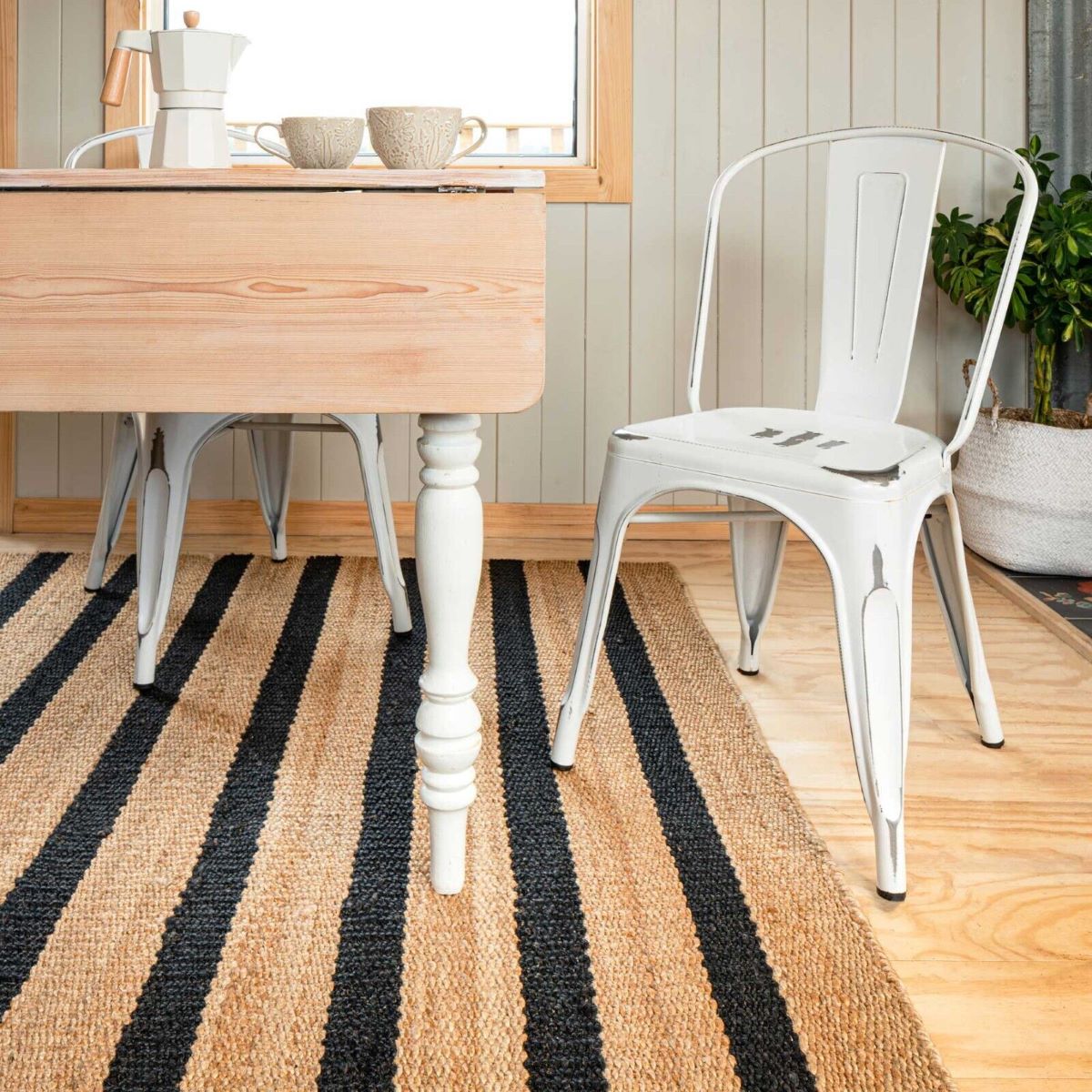


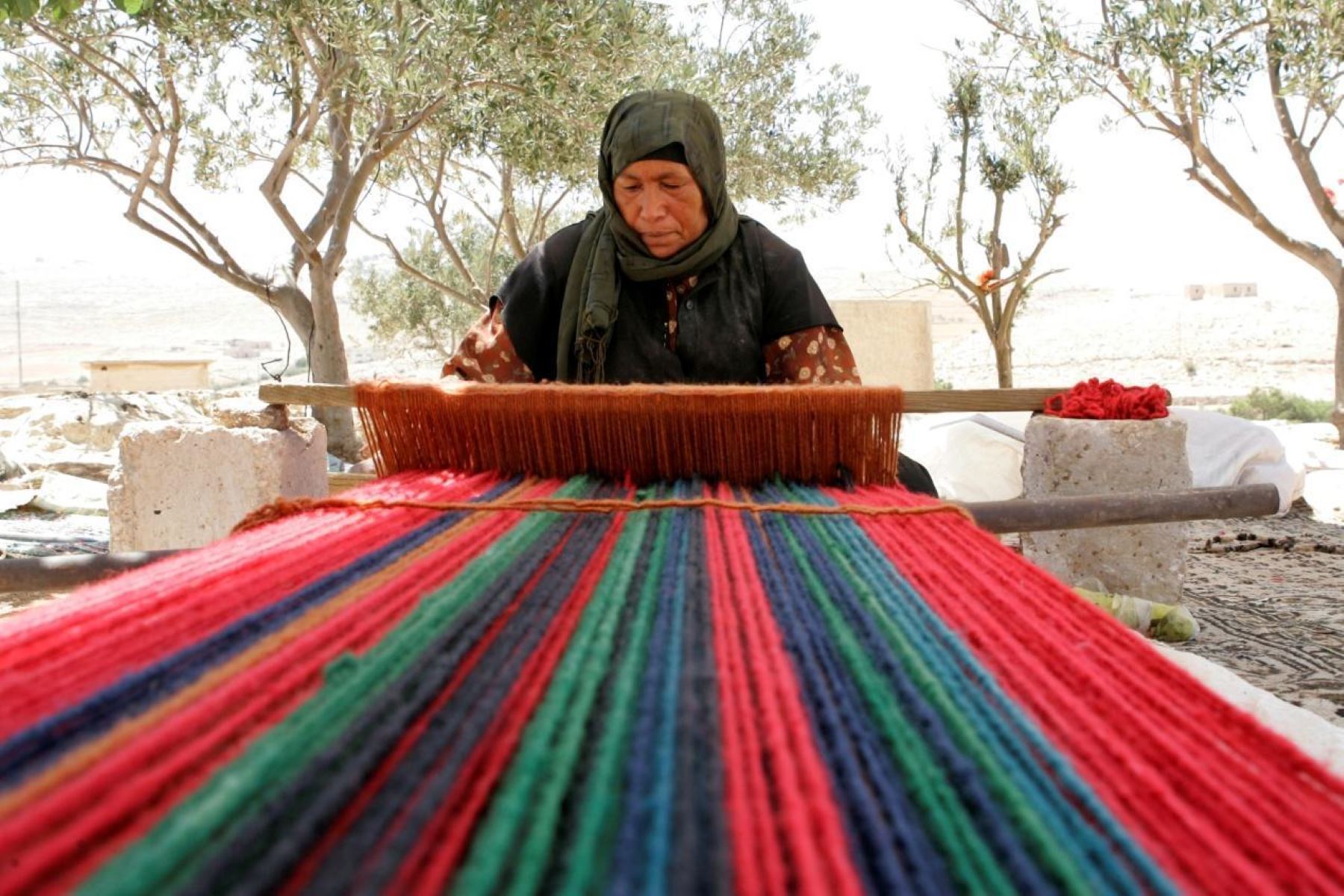

0 thoughts on “How To Build Southwestern Rugs”